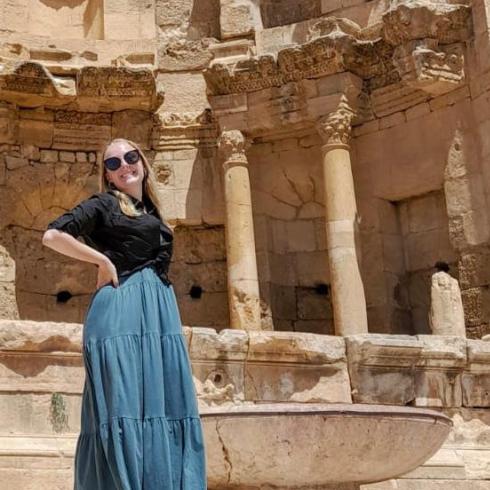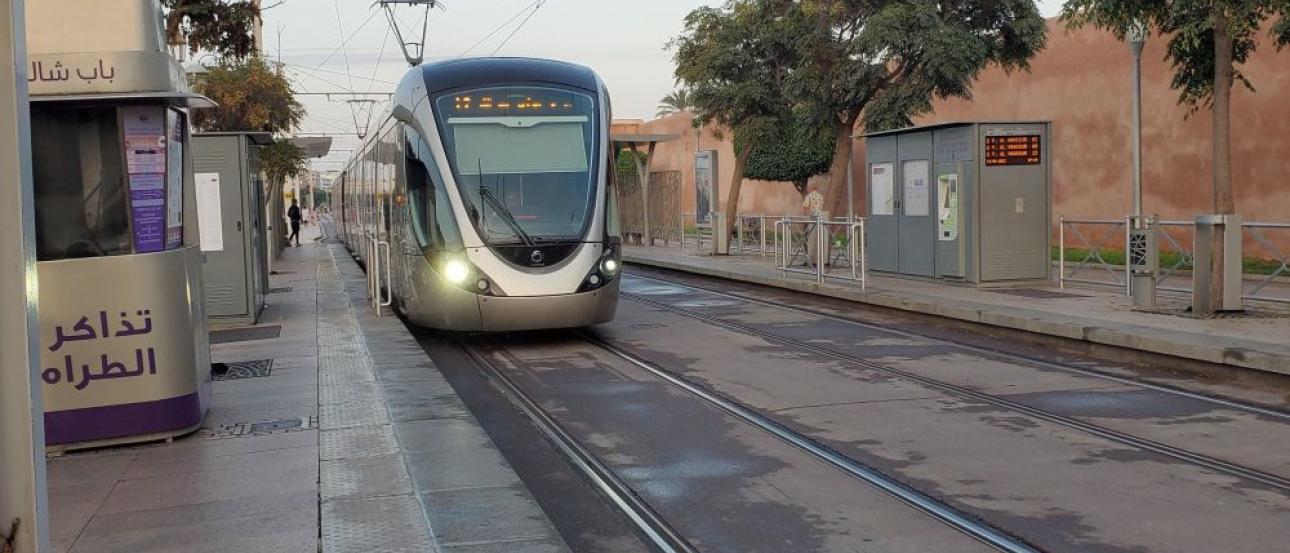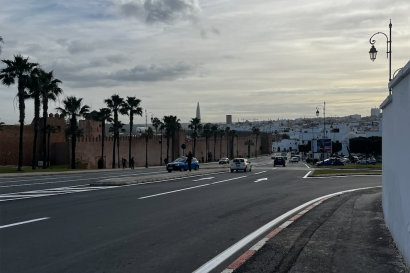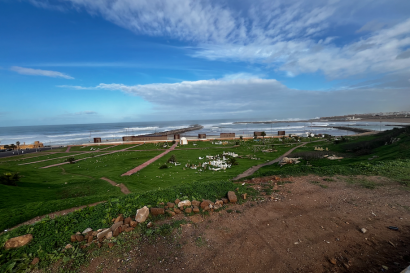There’s one fact of life I believe everyone can agree on: the ability to get yourself from place to place is absolutely critical for our personal independence. After all, if we can’t get to the fun restaurant for dinner with friends, that exciting new exhibit at the museum across town, or wherever we want to be, being abroad becomes really frustrating. This dilemma is what inspired me to get a closer look at public transportation in Rabat and give all my readers an idea as well.
Taxis
After the past month, I can say without a doubt that taxis are the most common form of public transportation in Morocco. Whether you’re in Fez, Meknes, or Casablanca, you’ll usually be able to see the vibrantly colored petit taxis and their large white counterparts, the grand taxis. Now, this distinction is important as you will have two very different experiences depending on the one you take.
Of the two options, I will say that the petit taxis are preferred due to the fact they are notably safer, and more akin to taxis we would see as Americans. These taxis are different colors depending on the city (a deep marine blue in Rabat, a pale blue in Meknes, etc.) and you can find them in busy areas such as city centers or main intersections. In terms of price, the starting amount for a petit taxi is seven dirhams (about 70 cents USD), and that is roughly how much it costs to go from the Old Medina to the IES Abroad Rabat center. Finally, these taxis will take up to four passengers and will occasionally take a few individuals going to different destinations as long as the route is similar.
Oppositely, the grand taxis are not recommended due to a high risk of pickpocketing, harassment, and the fact that they’re not terribly convenient. These taxis are large white/beige vans with set routes that they follow through the city, almost like small buses with ten or twelve passengers. This can make your ride way more expensive and time consuming depending on how far down that taxi’s route your destination is. You also run the risk of running into issues such as pickpocketing or harassment due to the fact that you are in a very tight space with other people and don’t have as much ability to move around.
The Tram System
After being in Rabat for a month, I have to say that I absolutely adore the tram system! With two lines that connect the cities of Rabat and Salé, I can go anywhere and not have to worry about the fluctuating costs of taxis when there’s a lot of traffic. Another benefit is the fact that the tram system has security cameras, free WiFi, and has generally felt safer than any of my previous encounters with taxis.
Of course, in order to take advantage of this amazing system, you’ll need one of two things: a ticket purchased at a kiosk at any tram station, or a tram pass purchased from a Tram Agency. The former is good for any short-term travel, or if you’re planning to use the tram infrequently as it only costs six dirhams (about 60 cents USD) and is valid for an hour after you first use it. However, if you’re planning to use the tram for daily transportation, I would recommend following in my example and purchasing a tram pass; which was an adventure in itself.
Now, tram passes come in a variety of options based on how long you’ll want to use the tram. Since I am going to be a student in Morocco for the entire academic year, I purchased an annual pass for 2,500 dirhams (about 250 USD). However, there are other options with different durations, which I’ve listed below:
- Monthly: 250 dirhams or 25 dollars
- Three Months: 700 dirhams or 70 dollars
- Six Months: 1,350 dirhams or 135 dollars
As you can see, there are a lot of options that you can choose between depending on how often you think you’ll use the tram system. However, in my experience, the actual process of purchasing the tram pass ended up being an epic adventure across Rabat!
The first hurdle was filling out the application for a tram pass, which my IES Abroad Center was happy to provide. After providing my address, name, and passport number for identification purposes, as well as deliberating for nearly half an hour on which option I wanted, it was time to head to the Tram Agency.
But, of course, it wasn’t going to be an easy process. Unbeknownst to myself and my Student Affairs Coordinator, who was kind enough to accompany me, purchasing a tram pass required me to bring a copy of my passport, as well as a passport-style photo in a small rectangular shape. Since I didn’t have these on me at the time, I ended up having to go to my homestay and grab the copy of my passport, as well as a visa-style photo I had brought with me, delaying my tram pass by a day.
However, there was one more hurdle. It turned out, the dimensions for a United States passport/visa photo are way larger than what’s used in Morocco. So, after walking all the way down to the Tram Agency, I then got to trek over to a photo store, where I was luckily able to have them scan the photo and simply trim it to size. One walk back to the Tram Agency and a completed application with payment later, I had my tram pass in hand!
Final Thoughts
All in all, Rabat has a lot of options for public transportation, so you’ll have the entire city at your fingertips. Just remember to keep your wits about you, and don’t be shy about exploring both taxis and the tram system to see what works best for you.

Kiki Giles
A rising junior hailing from the College of Wooster, I'm pursuing a double major in Anthropology and French/Francophone Studies with an accompanying double minor in MENA Studies and Statistical/Data Sciences. These intersecting fields brought me to my upcoming study abroad experience in Morocco, where I am incredibly excited to explore the many cultures and languages that have shaped this beautiful country. Other interests of mine include international baking, travel, and music.








